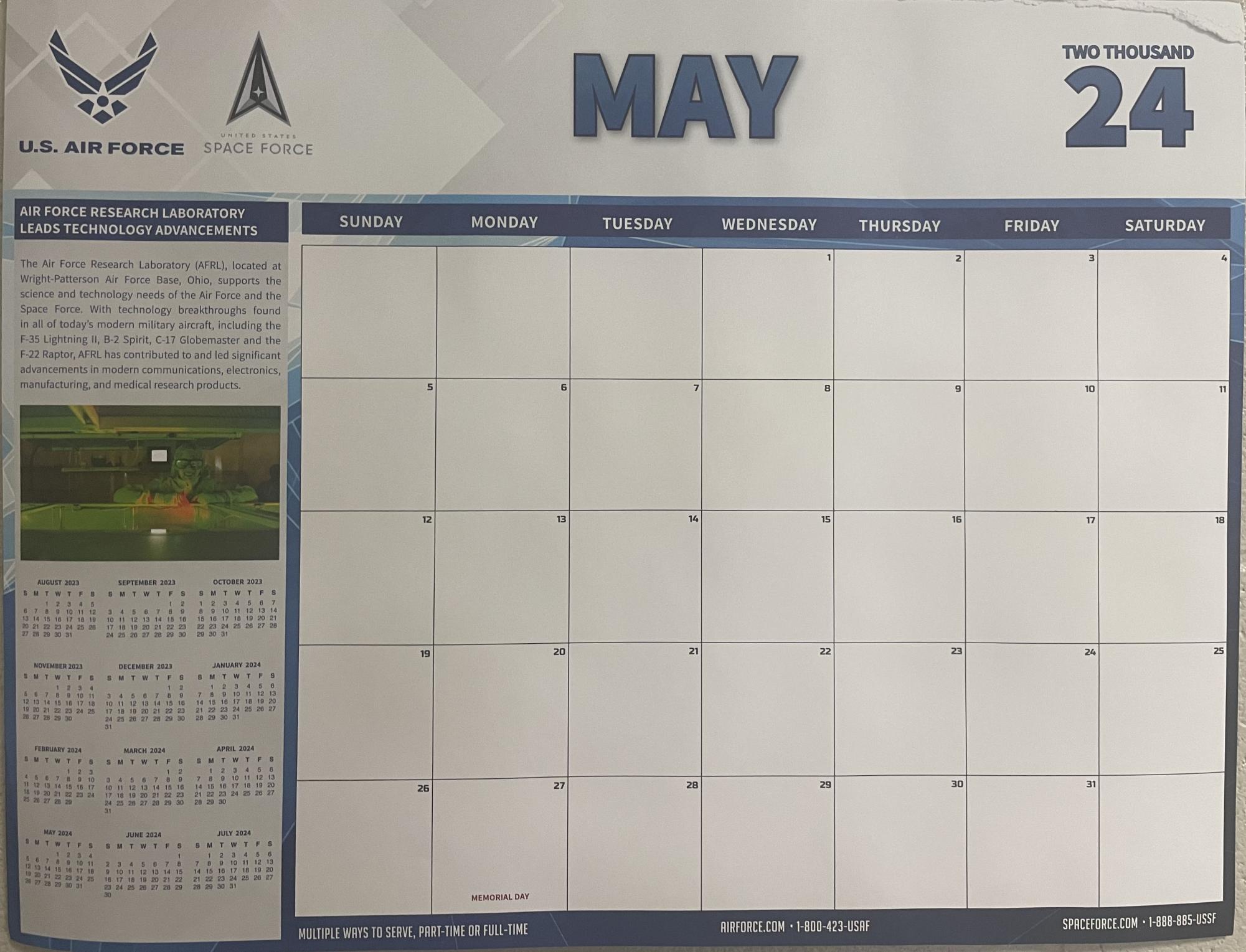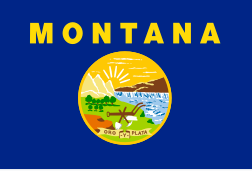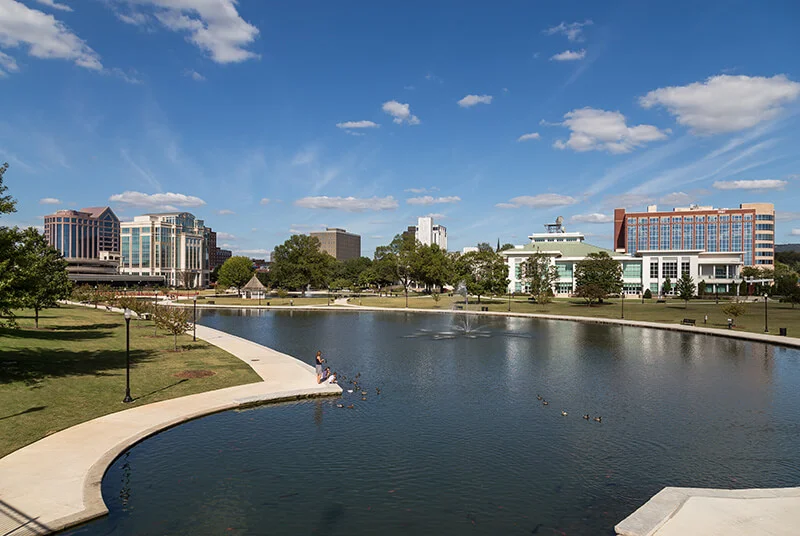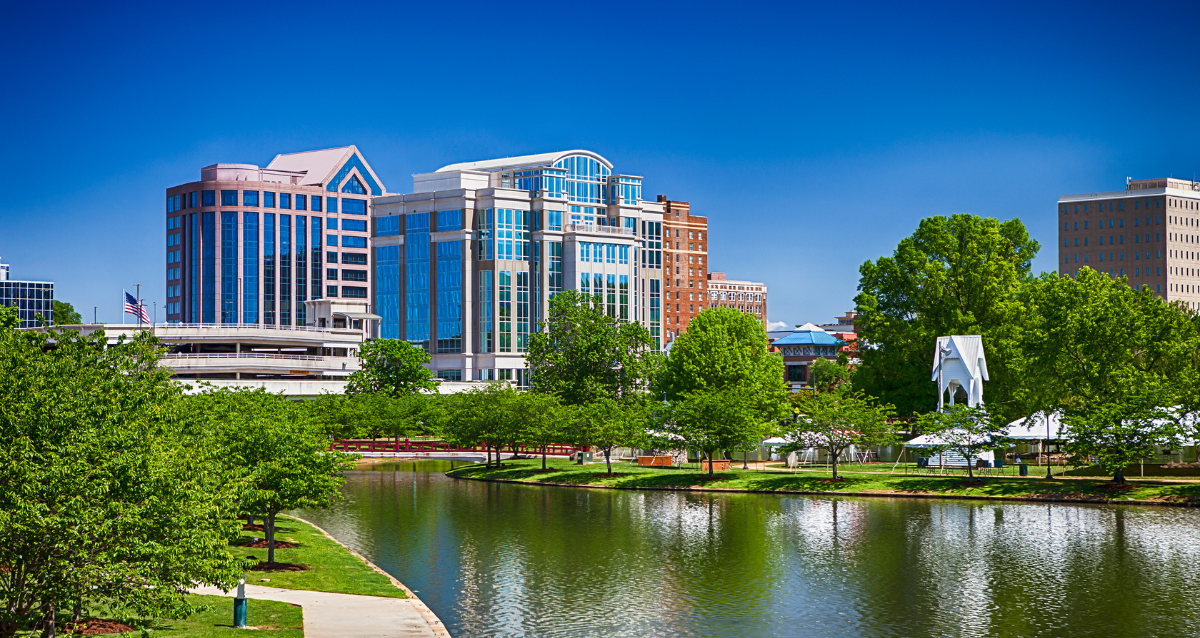
May 3- Days to Celebrate


Our jobs as journalists are constantly being threatened every day. With journalists like Evan Gershkovich being trapped in other countries for simply expressing their beliefs and sharing the global news that America deserves to be aware of, journalism proves to be one of the most dangerous jobs of today. In light of journalists across the world, May 3 is recognized as World Press Freedom Day.
The story behind World Press Freedom Day dates back to 1991 when a group of journalists from across Africa gathered in Windhoek, Nimbia. Journalists had a meeting to advocate for worldwide free independent press. This led to the worldwide document, the Windhoek Declaration, to be published. Recognizing the document, the United Nations General Assembly declared May 3rd as World Press Freedom Day.
This day highlights the importance of journalists and their efforts through writing and other media forms. Journalists have risked their lives to be able to provide mediums for not only American citizens but for international audiences. Journalism makes a huge impact on American lives every single day which is why World Press Freedom Day should not only be recognized in America but globally as well.
To help recognize the holiday, it is common for people to research journalists who have made huge impacts in the journalism world and have paved way for young journalists everywhere. People also donate to newspapers and journalism organizations, attend journalism webinars and educate themselves and others about media literacy and its importance.


On May 3rd, National Montana Day recognizes the Treasure State and the big sky country. Montana is the 41st state to join the union and officially became a state on November 8, 1889. It is the fourth largest state by land area but has an extremely low population density of just six people per square mile.
The name Montana comes from the Spanish word montaña, meaning mountainous range. This is ironic because Montana has the lowest elevation amongst the Rocky Mountain states averaging an elevation of 3,400 feet. The mountains are located to the west side of the state with Granite Peak being the highest with an elevation of 12,800 feet. Red Mountain is the smallest with an elevation of 9,400 feet.
Montana is most known for its natural beauty and wildlife. It has two National Parks, Yellowstone and Glacier. These National Parks are an important attraction to Montana. The state goes to great lengths to preserve them by stopping human pollution and construction and also saving many species from extinction, such as the Great American Bison.
In the late 1900s, the bison population went from 60 million to 1,000 because of over-hunting. After the repopulation efforts, the current bison population is 400,000 and is projected to continue increasing. The largest herds are found in Yellowstone National Park.
Yellowstone is the country’s first National Park obtaining that status on March 1, 1872. Being located in southern Montana and northern Wyoming, Yellowstone has a breathtaking landscape covering over 2.2 million acres. It has unique hydrothermal and geographical features such as rivers, lakes, geysers, volcanoes and mountains exceeding 10,000 feet. The national park has experienced tectonic activity causing the park to consist of a large volcanic plateau. Even though the park has volcanoes it is still rich with life with the park being home to a very diverse population of wildlife.
The second National Park that calls Montana home is Glacier National Park. It became America’s tenth national park on May 11, 1911, and has an area size of 1,583 square miles. There are 700 miles of trails at Glacier so this is the perfect place for hikers. Glacier National Park is home to 71 species of mammals, 276 species of birds, a mix of native and invasive species of fish, countless species of insects, and several different types of amphibians and reptiles. Its landscape consists of mountains, lakes and rivers.
Both of Montana’s National Parks are very different from one another with Yellowstone’s main attraction being it’s geysers and herds of Buffalo and Glacier having more mountains and bodies of water along with a diverse population of wildlife.
Montana is not just rich in wildlife but in culture as well with the state being home to seven Native American reservations. These reservations were formed by the Fort Laramie Treaty of 1851 and the Flathead and Blackfeet Treaties of 1855. The reservations help keep hundreds of years of Native American culture alive by allowing them to continue their way of life undeterred by the American population.
On May 3 it is important to recognize the state of Montana because of its importance and significance to the United States. Montana is one of America’s most unique states due to its natural beauty, wildlife, and culture. If you ever get the chance to visit make sure to soak it all in and not take it for granted.







